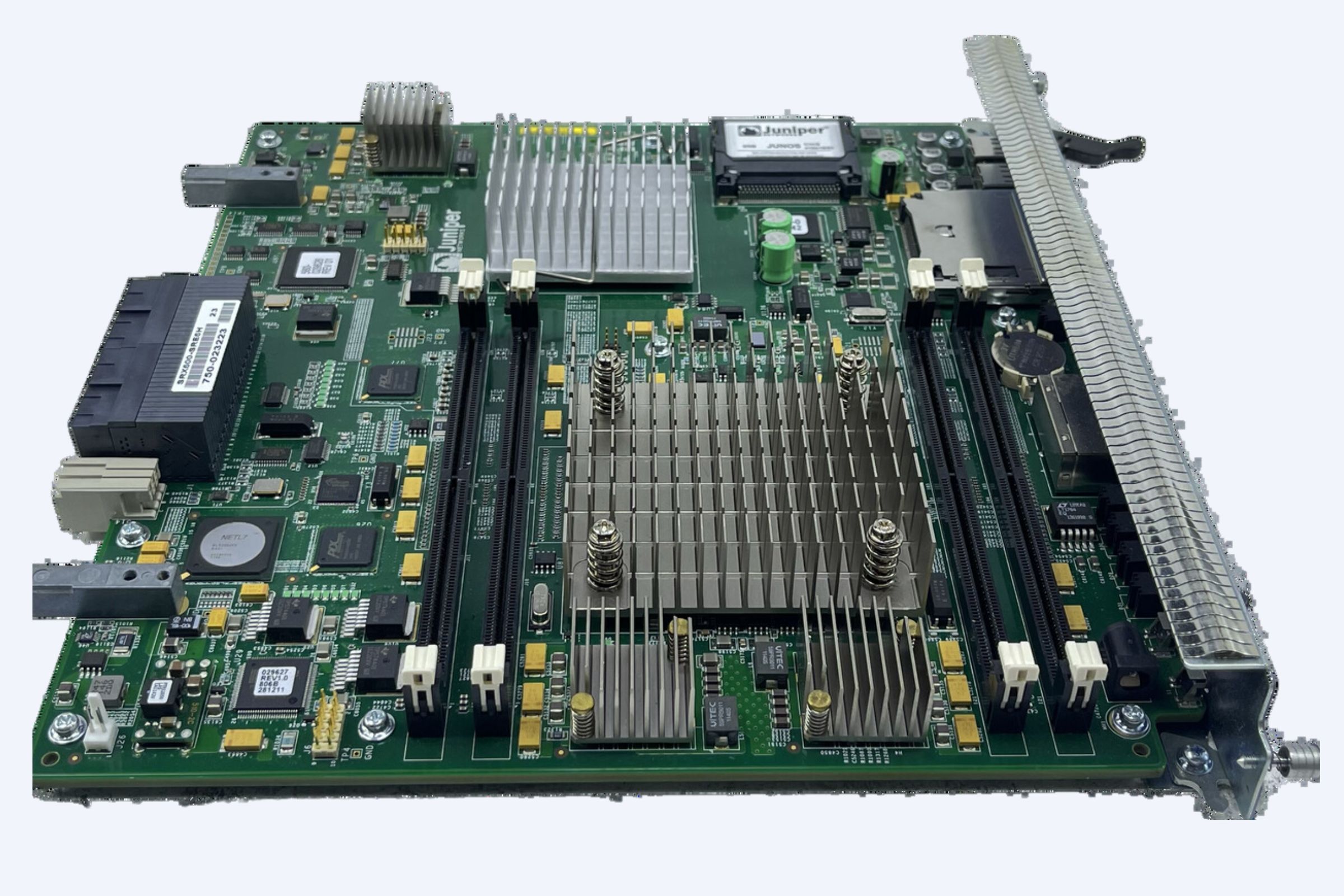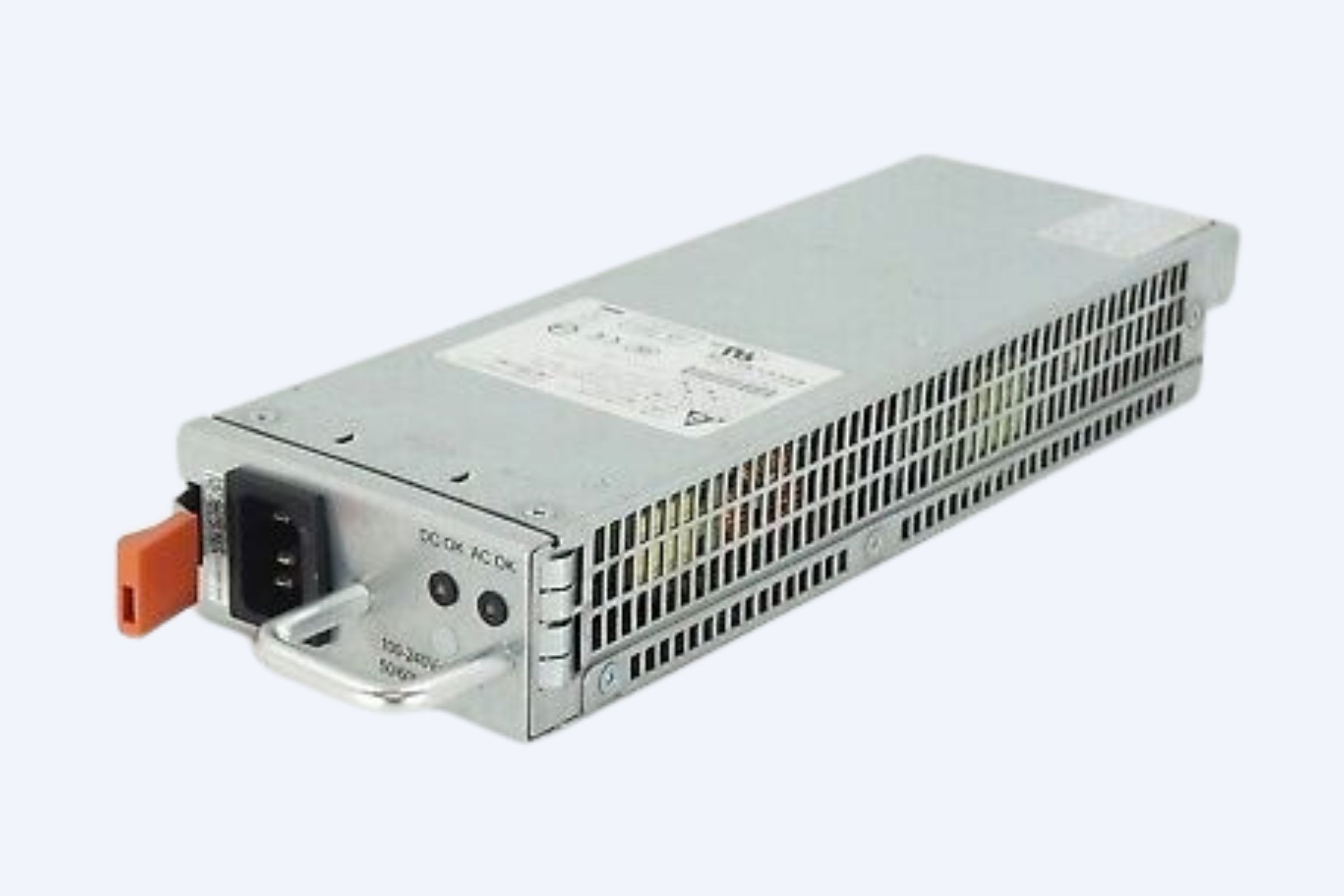10 kVA converts to kW by multiplying the kVA value by the power factor (PF) of the electrical system. For a common PF of 0.8, 10 kVA equals 8 kW of usable real power. This conversion is crucial for understanding actual power outputs versus apparent power ratings.
What Is the Difference Between kVA and kW?
kVA (kilovolt-amperes) measures apparent power, representing the total power supplied by an electrical system, while kW (kilowatts) measures real power—the useful energy that performs work. The difference arises because some power is lost as reactive power, which does no productive work but affects total power load.
The power factor (PF), ranging from 0 to 1, quantifies electrical efficiency by indicating how much apparent power is converted into real power. A PF of 1 means all power is usable, while lower PFs indicate inefficiencies. Hence, kW is calculated by multiplying kVA by PF.
How Is the Power Factor Used in Converting 10 kVA to kW?
The power factor is key when converting kVA to kW. It expresses the ratio of real power to apparent power. To convert 10 kVA to kW, multiply 10 by the PF value. For example, with a PF of 0.8:
kW=10 kVA×0.8=8 kW
This means 8 kW of actual usable power is available from a 10 kVA system at 0.8 PF.
Which Electrical Loads Affect Power Factor?
Resistive loads such as heaters and incandescent bulbs have a power factor close to 1. Inductive loads like motors and transformers have lower power factors (typically 0.6 to 0.9), causing some energy to be wasted as reactive power, which does not perform useful work but increases apparent power (kVA).
Why Is Understanding kVA to kW Conversion Important?
Understanding the conversion helps in sizing electrical equipment properly, such as generators and transformers, ensuring systems are neither undersized nor oversized. It also aids in efficiency optimization and cost savings by matching the electrical system to the actual power requirements.
Where Is the Formula for Converting kVA to kW Derived From?
The formula arises from the relationship between apparent power, real power, and power factor:
Real Power (kW)=Apparent Power (kVA)×Power Factor (PF)
This relationship comes from electrical engineering principles governing AC circuits where the phase difference between current and voltage affects usable power.
How Can Wecent Technology Improve Power Conversion Efficiency?
Wecent provides enterprise-class servers and IT solutions designed with high-efficiency power supplies that optimize the power factor. By integrating hardware that supports better power management, Wecent ensures the electrical system delivers maximum usable power (kW) from apparent power (kVA), minimizing losses and enhancing reliability.
What Are Common Power Factors and Their Impact on kW Output?
| Power Factor (PF) | kW Output from 10 kVA |
|---|---|
| 1.0 | 10.0 kW |
| 0.9 | 9.0 kW |
| 0.8 | 8.0 kW |
| 0.7 | 7.0 kW |
| 0.6 | 6.0 kW |
This table highlights how different PF values affect usable power from a 10 kVA rating. The closer the PF to 1, the more efficient the system.
Can 10 kVA Equal 10 kW?
Only if the power factor is 1. Since most real-world electrical systems have a PF less than 1 due to inductive loads, 10 kVA is rarely equal to 10 kW. Typically, 10 kVA corresponds to 8 kW at 0.8 PF.
How Does Wecent Ensure Quality in Power Equipment?
Wecent partners with globally recognized brands such as HP, Dell, and Cisco to supply fully certified and high-performance servers and power systems. Their focus on certified quality ensures the power equipment is efficient, reliable, and produces optimal real power from apparent power ratings.
Does Power Factor Correction Affect kVA and kW?
Yes, power factor correction devices improve PF, bringing it closer to 1. This reduces wasted reactive power, enabling more real power (kW) to be extracted from the same apparent power (kVA) rating, enhancing overall system efficiency.
Wecent Expert Views
“Wecent Technology understands that precise power management is crucial for enterprise-class IT solutions. Our high-performance products are designed with optimal power factors to ensure clients receive maximum real power output from given apparent power ratings. This attention to power efficiency reduces operating costs and extends the life of critical IT infrastructure, making Wecent not just a supplier, but a strategic partner in IT success.”
Conclusion
Converting 10 kVA to kW hinges primarily on the power factor of the system. Typically, a power factor of 0.8 means 10 kVA equals 8 kW of usable power. Accurate conversion is essential for electrical equipment sizing, efficiency, and cost-effectiveness. Leveraging quality products and solutions, such as those from Wecent, ensures optimized power utilization, reliability, and long-term success in enterprise IT operations.
Frequently Asked Questions
1. How do I calculate kW from kVA?
Multiply kVA by the power factor (PF): kW = kVA × PF.
2. What typical power factor should I use for conversions?
A common PF value is 0.8 for many electrical systems, but it varies with the load type.
3. Can kVA and kW ever be equal?
Yes, if the power factor is 1, making the system 100% efficient with no reactive power.
4. Why is power factor important in electrical systems?
It indicates efficiency; a lower PF means more energy loss and higher costs.
5. How does Wecent help with power efficiency?
Wecent provides certified, high-efficiency servers and IT power solutions, optimizing usable power and reducing losses.





















